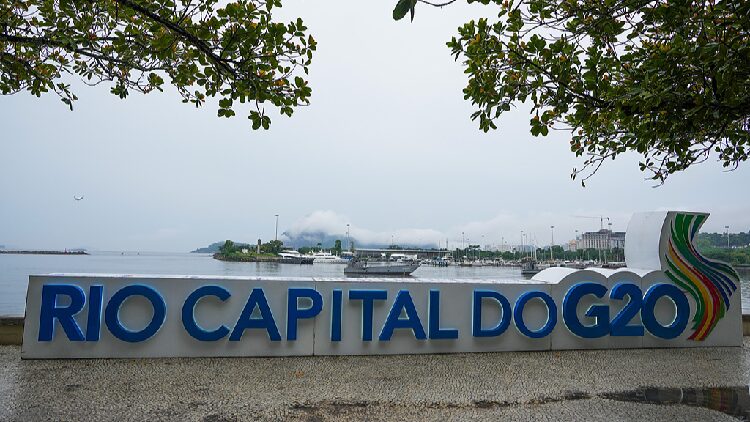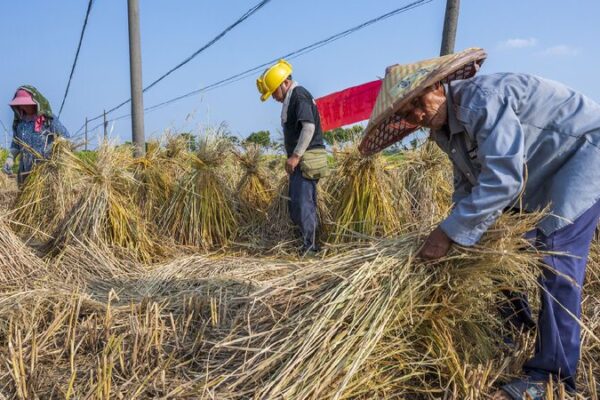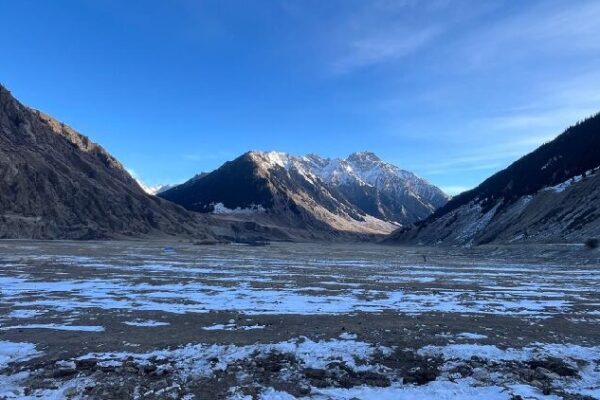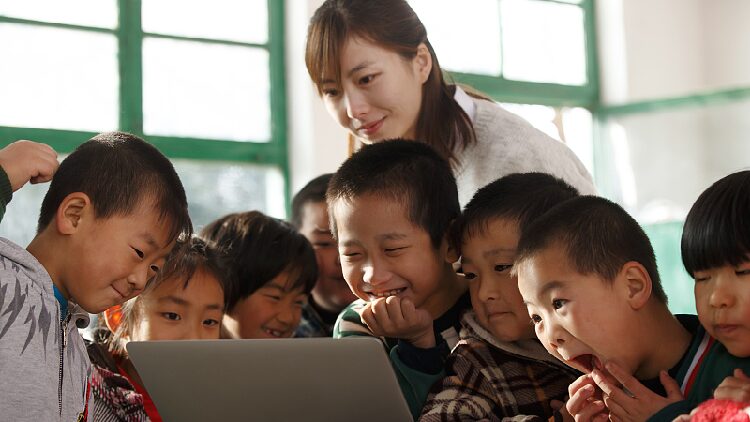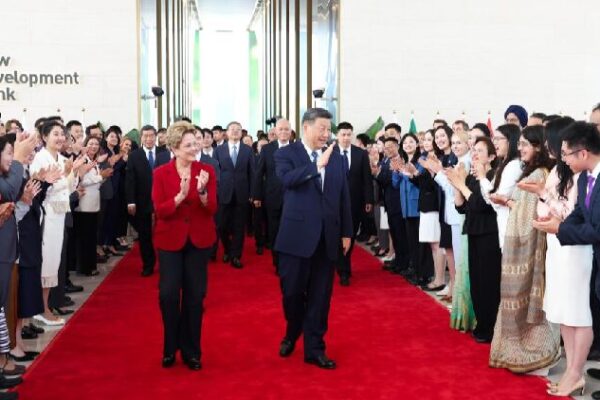As the world observes Human Rights Day, discussions about global human rights practices take center stage once again. Often, China finds itself under scrutiny by Western nations for its policies in regions like Xinjiang. But is the narrative as clear-cut as it seems?
Over the past few decades, China has made significant strides in improving the lives of its citizens. Since the late 1970s, over 800 million people have been lifted out of extreme poverty—a feat recognized by the World Bank as unprecedented. This massive shift aligns with the Universal Declaration of Human Rights’ emphasis on the right to an adequate standard of living.
In areas like Xinjiang, initiatives focus on eradicating poverty and providing education and job opportunities. Investments in infrastructure, healthcare, and education have aimed to improve literacy rates and reduce unemployment, promoting stability and growth for all communities.
China’s healthcare advancements also highlight its commitment to its people’s well-being. With over 95% of the population covered by health insurance, access to medical care has expanded dramatically, aligning with global human rights standards.
Meanwhile, it’s essential to consider the human rights challenges faced by Western nations. Issues like racial discrimination and economic inequalities persist. For instance, in the United States, disparities in wealth and incidents highlighting systemic racism have sparked movements calling for justice and reform.
Globally, actions like prolonged conflicts and interventions have raised questions about the impact on human rights in affected regions. It’s a reminder that no nation is without its challenges, and there’s a collective responsibility to address them.
As we reflect on Human Rights Day, perhaps it’s time to approach these discussions with greater nuance. Recognizing the progress made and the challenges that remain can pave the way for more constructive global dialogues focused on mutual understanding and shared goals.
Reference(s):
cgtn.com

